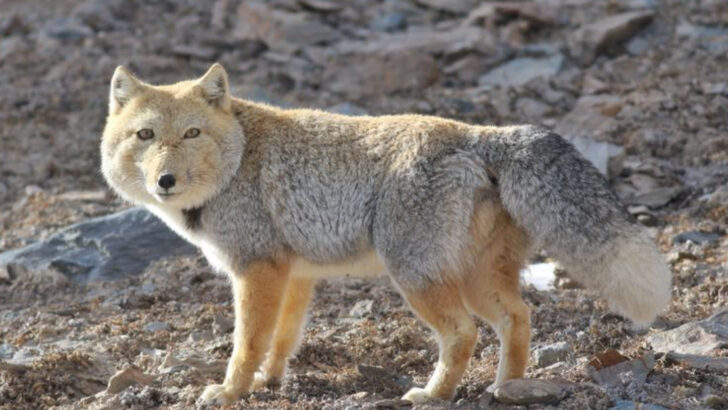Foxes are not just clever little creatures—they are masters of survival, adapting to a stunning array of environments across the world. From the icy tundras to scorching deserts, these sly animals thrive in places you wouldn’t believe.
With over 20 different species scattered across the globe, each fox is as unique as the habitat it calls home. Whether it’s their striking fur, cunning behaviors, or incredible adaptability, every fox has a story to tell.
Join us as we venture into the wild to discover 21 true fox species that roam the earth. You’ll be amazed by their diversity, their beauty, and the sheer ingenuity that allows them to thrive in some of the harshest conditions on the planet. Get ready to see foxes in a whole new light!
Red Fox
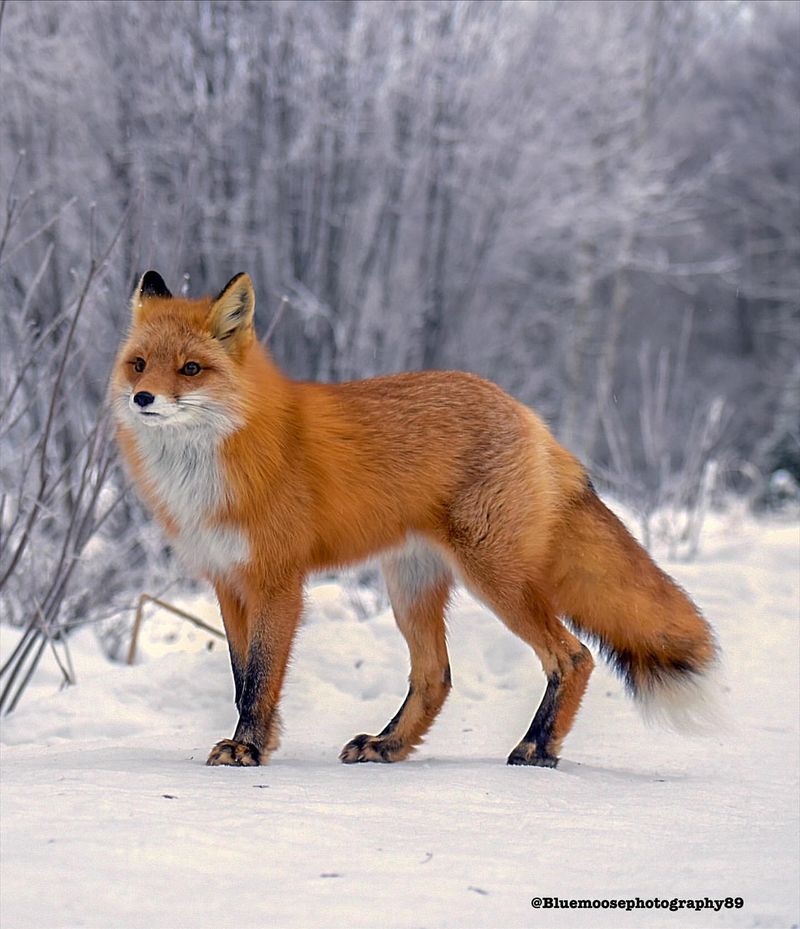
The red fox is renowned for its adaptability, thriving in diverse environments from urban areas to forests. Its striking red fur and bushy tail make it easily recognizable.
Often found in the northern hemisphere, this species is known for its cunning nature. Red foxes are solitary hunters, using their acute sense of hearing to locate prey beneath the snow.
This enables them to survive even in challenging conditions. They primarily feed on small mammals, but their diet can include fruits and birds. Their adaptability is key to their widespread presence.
Arctic Fox
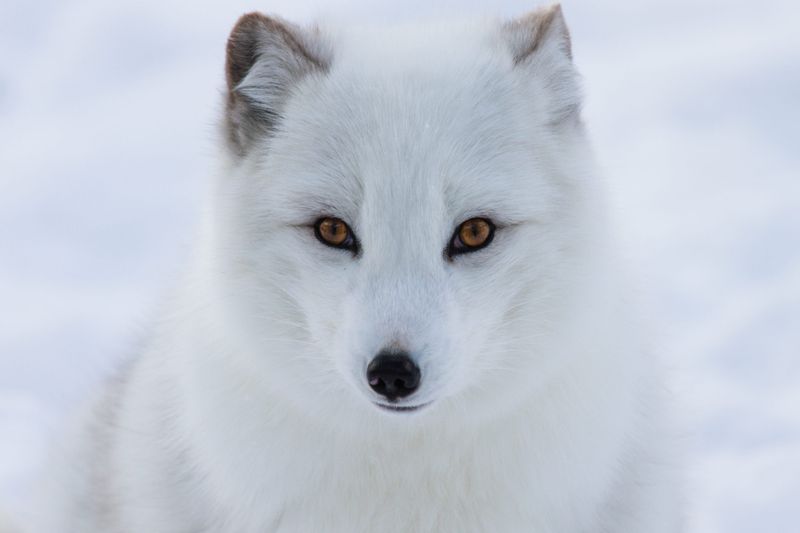
The Arctic fox is a master of survival in the harsh polar climates. With its thick fur and compact body, it is well-equipped to endure freezing temperatures.
Its white winter coat provides excellent camouflage against the snow. In summer, the coat changes to brown or gray, blending in with the tundra’s rocks. The fox’s diet mainly consists of lemmings, but it will scavenge carcasses left by larger predators.
Despite the frigid environment, the Arctic fox thrives through resourcefulness and resilience.
Fennec Fox
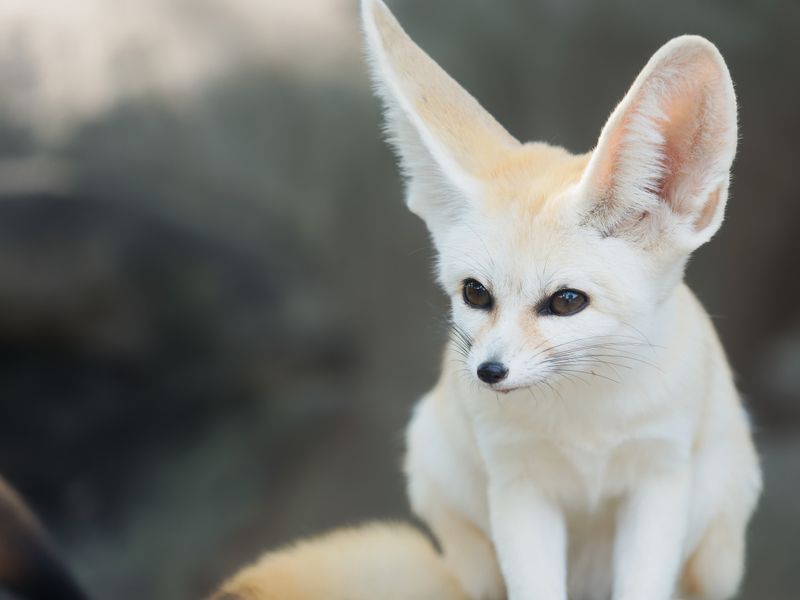
The Fennec fox is the smallest of all fox species, easily identified by its large ears. These ears help dissipate heat and locate prey in the deserts of North Africa.
Its sandy-colored coat provides camouflage against the desert landscape. Fennec foxes are nocturnal, avoiding the daytime heat and hunting small rodents and insects at night.
They have a highly social nature, often living in family groups. Adapted to the harsh desert conditions, they rarely need to drink water, obtaining moisture from their food.
Gray Fox
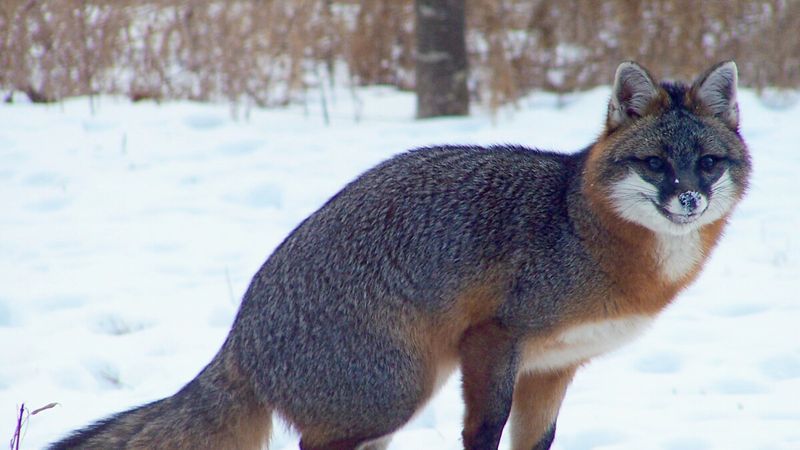
Unique among foxes, the gray fox is known for its ability to climb trees. Found in North and Central America, its grizzled gray fur provides effective camouflage in woodland areas.
This fox exhibits both nocturnal and crepuscular behaviors. Its diet is varied, ranging from fruits to small mammals. The gray fox often uses its climbing skills to escape predators or reach food.
This arboreal prowess distinguishes it from other fox species, highlighting its adaptability and survival skills in diverse habitats.
Bengal Fox
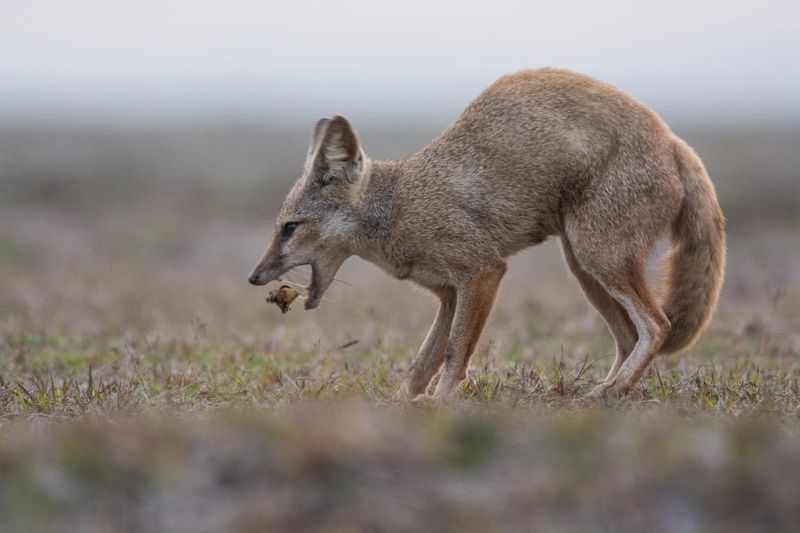
The Bengal fox, also known as the Indian fox, inhabits the open grasslands and scrublands of the Indian subcontinent. Its pale sandy fur provides camouflage in the arid environment.
This fox is relatively small, with a bushy tail and large ears. Primarily nocturnal, the Bengal fox feeds on rodents, birds, and insects. It is an integral part of the ecosystem, controlling pest populations.
Despite habitat loss and human encroachment, the Bengal fox remains a resilient species, known for its agility and keen senses.
Pale Fox
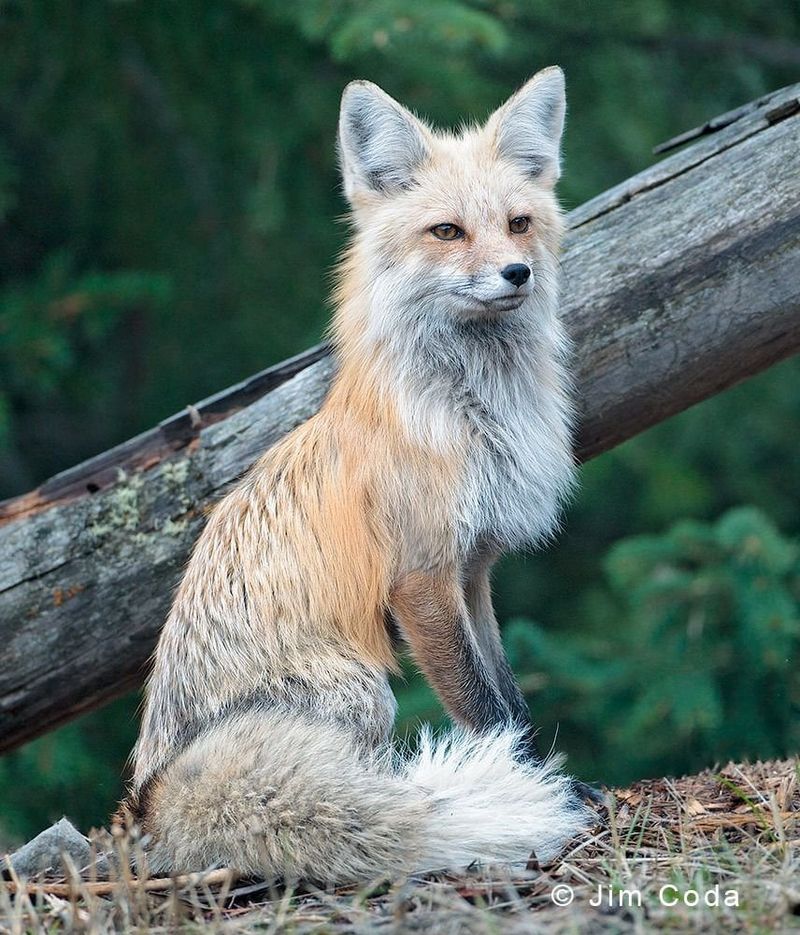
The Pale fox is named for its light-colored coat, which helps it blend into the sandy terrain of the Sahel region. This species is found in West Africa, living in burrows to escape the daytime heat.
Its diet consists mainly of rodents and insects, though it will consume fruits when available. The Pale fox is nocturnal, venturing out at night to hunt.
Despite the arid environment, it has adapted to survive with limited water sources, showcasing the resourcefulness typical of fox species.
Swift Fox
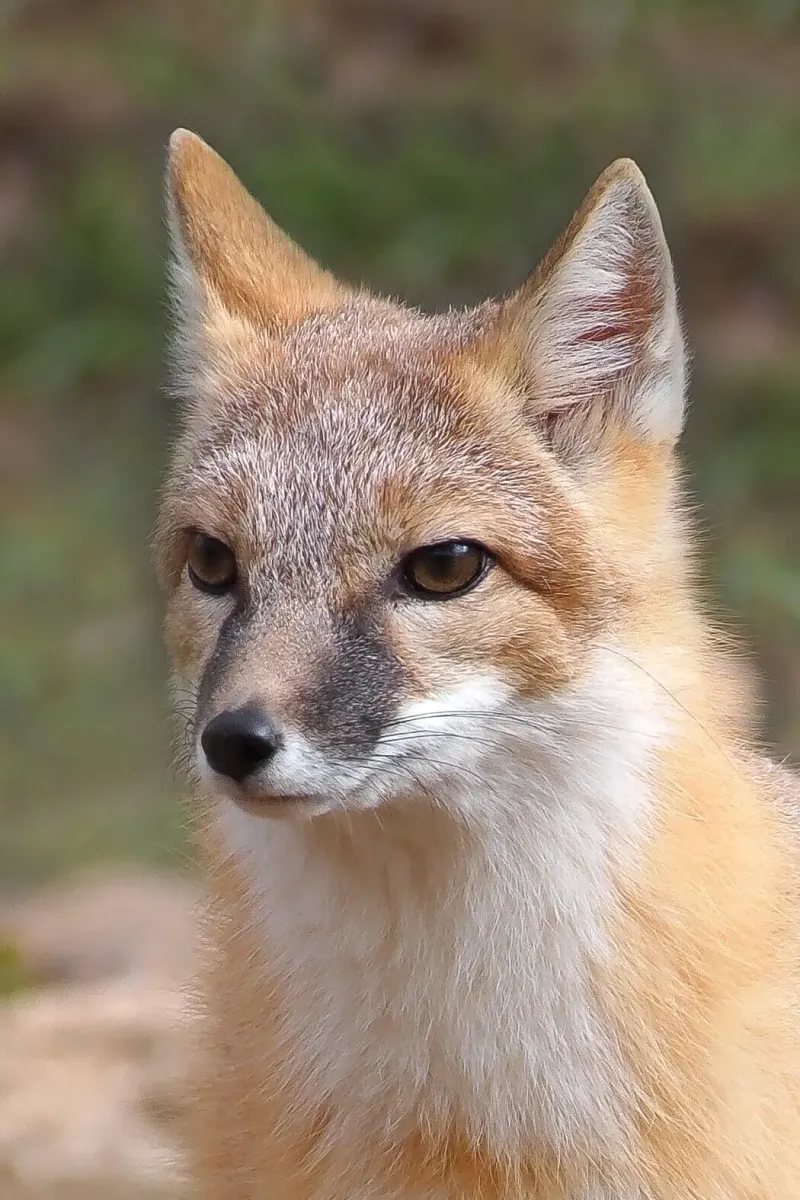
The swift fox is a small and agile fox found in the prairies of North America. Its golden fur and slender build make it well suited to this open landscape.
Known for its speed, the swift fox can reach speeds of up to 60 km/h. This fox is primarily nocturnal, hunting small mammals and insects. Swift foxes live in dens, which offer protection from predators and harsh weather.
Conservation efforts have helped stabilize swift fox populations, as they continue to adapt to the changing environments of the plains.
Corsac Fox
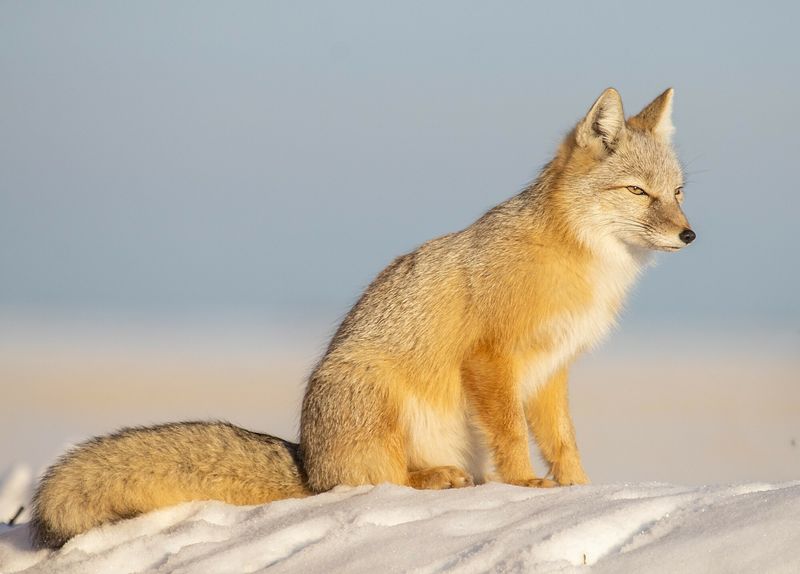
The Corsac fox inhabits the steppes and semi-deserts of Central Asia. Its thick, pale fur provides insulation against cold temperatures. This fox is well adapted to its harsh environment, capable of going without food for extended periods.
Corsac foxes are social animals, often forming small packs. They primarily feed on rodents and insects. Their ability to endure extreme conditions and travel long distances in search of food is a testament to their resilience.
Despite threats from hunting and habitat loss, they remain a common sight in their native range.
Rüppell’s Fox
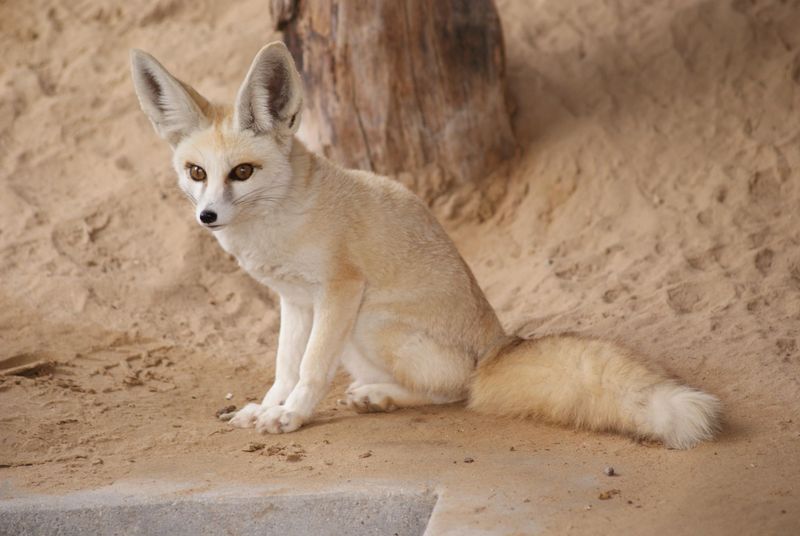
Rüppell’s fox, characterized by its sandy fur and bushy tail, is found in the deserts of the Arabian Peninsula and North Africa. Its fur reflects sunlight, keeping it cool in extreme heat.
This fox is primarily nocturnal, minimizing exposure to the harsh sun. Its diet includes small mammals and insects, contributing to the control of pest populations. Rüppell’s foxes are known for their agility and speed, which help them evade predators.
They are well adapted to desert life, requiring minimal water and showcasing their remarkable survival skills.
Kit Fox
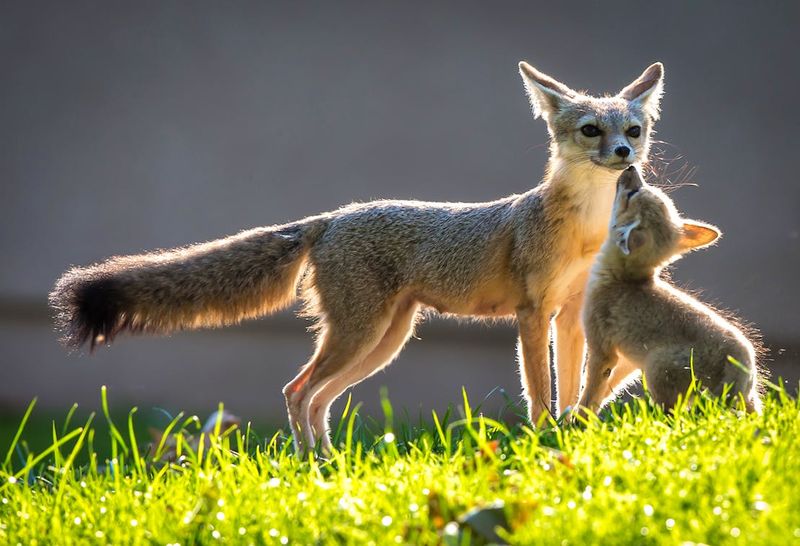
The kit fox is known for its large ears and slender body, adaptations for desert life. Found in the southwestern United States, its coat ranges from yellow to gray, blending with the desert terrain.
These foxes are primarily nocturnal, hunting rabbits and rodents. Kit foxes are solitary and elusive, often relying on their speed and keen senses to avoid predators.
Their ability to adapt to arid conditions is remarkable, requiring little water and obtaining moisture from their prey. Conservation efforts are vital to preserving their habitats amidst increasing urbanization.
Tibetan Sand Fox
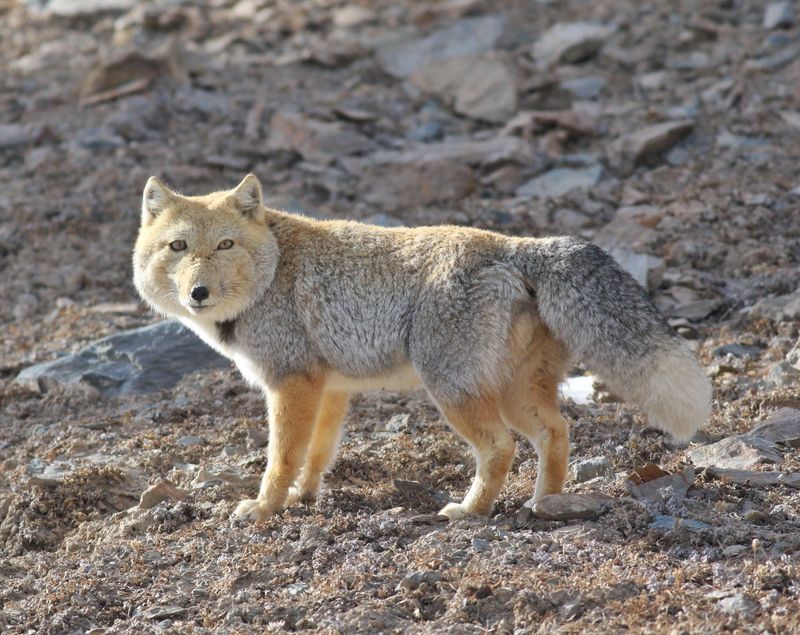
The Tibetan sand fox is distinguished by its square-shaped face and sandy-gray coat. Found in the high plateaus of Tibet and Nepal, it thrives in cold and arid environments.
Its distinctive appearance is perfectly adapted to the mountainous terrain. The Tibetan sand fox primarily feeds on pikas and rodents, playing a crucial role in controlling these populations. This fox often hunts in pairs, showcasing cooperation in the wild.
Despite its remote habitat, the Tibetan sand fox is a vital part of the ecosystem, demonstrating unique adaptations to its environment.
Blanford’s Fox
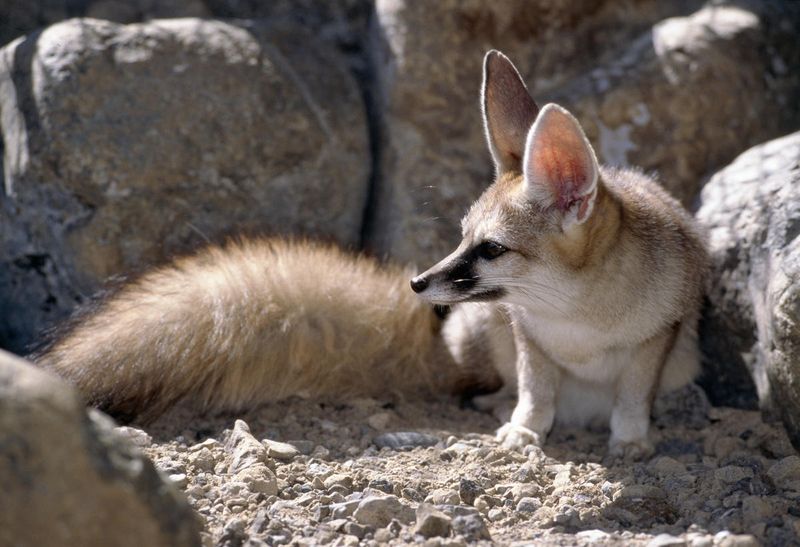
Blanford’s fox is a small, agile fox found in the rocky terrains of the Middle East. Its large ears and bushy tail are adaptations for its rugged environment.
This fox is known for its exceptional climbing skills, often traversing steep cliffs and rocky outcrops. Blanford’s foxes are primarily nocturnal, feeding on insects, fruits, and small animals.
Their climbing ability helps avoid predators and access hard-to-reach food sources. Despite their elusive nature, they play a significant role in their ecosystem, maintaining balance through their varied diet.
Cape Fox

The Cape fox, also known as the silver fox, is native to the open savannas and grasslands of Southern Africa. Its silver-gray fur and large ears are distinguishing features.
This small fox is nocturnal, using its keen senses to hunt small mammals and insects. Cape foxes are solitary but maintain territories that they defend fiercely. Their adaptability allows them to thrive in various environments, from semi-desert to grasslands.
As a species, they are resilient, and their presence is crucial for controlling rodent populations in their habitats.
Simien Fox
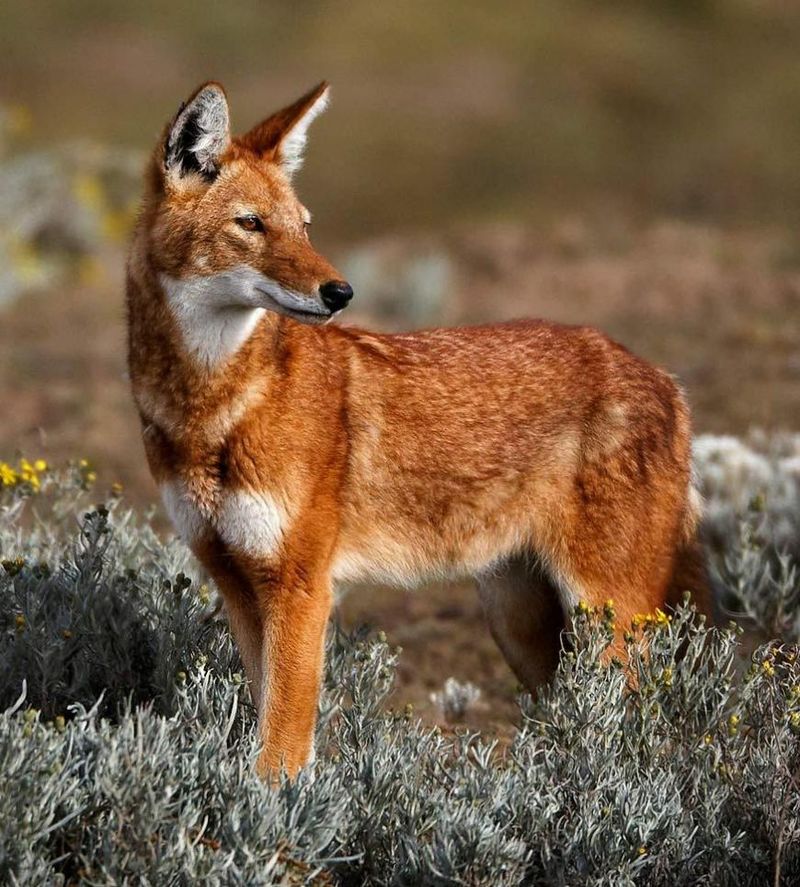
The Simien Fox, also known as the Ethiopian Wolf, roams the high-altitude regions of Ethiopia. Characterized by its reddish-brown coat and slender frame, it’s adapted to the cool climates of the Ethiopian highlands.
Despite being called a wolf, it holds a place among true foxes. The Simien Fox’s primary diet includes rodents, making it a crucial predator in its ecosystem.
With a population under threat, conservation efforts are essential for its survival. Travelers to Ethiopia may catch a glimpse of this unique fox in the Simien Mountains.
Darwin’s Fox
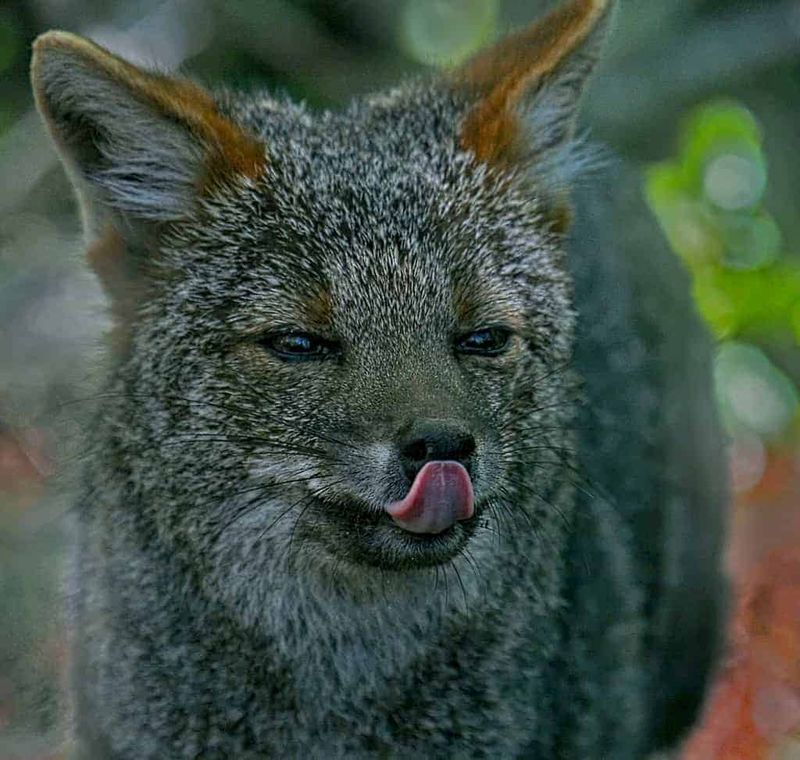
Darwin’s fox is a small, elusive fox found in the temperate forests of southern Chile. Its dark fur provides camouflage in the dense understory. Unlike most foxes, Darwin’s foxes are active both day and night, adapting to the unique forest environment.
Their diet includes small mammals, birds, and fruits, reflecting their omnivorous nature. Darwin’s foxes are critically endangered, with conservation efforts focused on habitat protection and research.
Despite their rarity, they are an integral part of the forest ecosystem, playing a role in seed dispersal and population control.
Hoary Fox
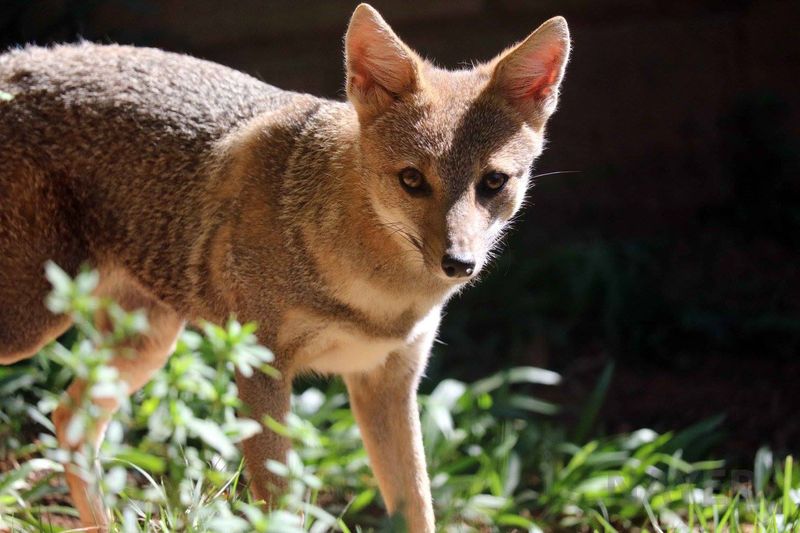
The hoary fox is native to the Brazilian Cerrado, an open savanna rich in biodiversity. Its silver-gray fur and bushy tail are distinguishing features. This fox primarily feeds on insects, particularly termites, which are abundant in its habitat.
Despite its name, the hoary fox is not closely related to other foxes, showcasing unique adaptations for grassland survival. Its presence helps control insect populations, maintaining ecological balance.
Due to habitat loss, conservation efforts are critical for the hoary fox, emphasizing the importance of preserving the diverse Cerrado ecosystem.
Culpeo Fox
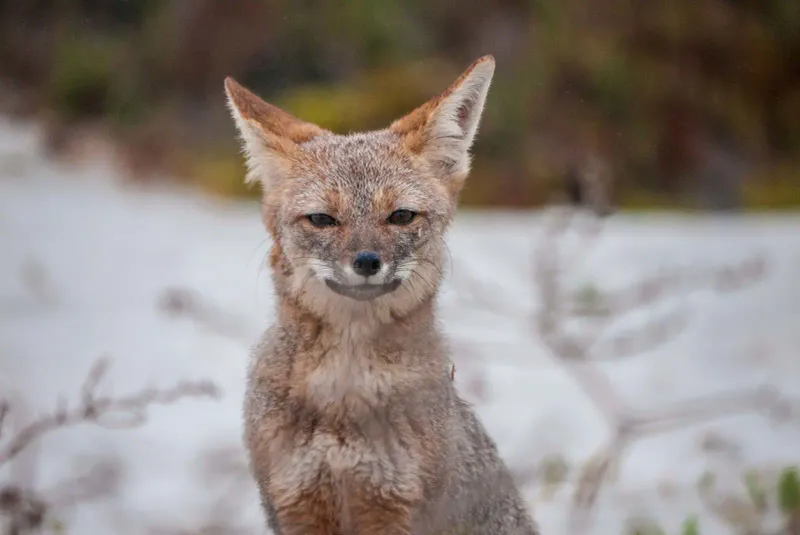
The Culpeo Fox is native to the Andean regions of South America, where it navigates the rugged mountain terrain with ease. Its reddish-grey coat and pointed ears are distinguishing features.
This fox preys on rodents, birds, and occasionally larger mammals, playing a significant role in its ecosystem as a top predator. It is also known for its cunning and adaptability.
Hikers in the Andes may glimpse the Culpeo, a testament to the diverse wildlife of this region. Conservation efforts aim to mitigate human-wildlife conflict, ensuring the fox’s continued presence in its natural habitat.
Sechuran Fox
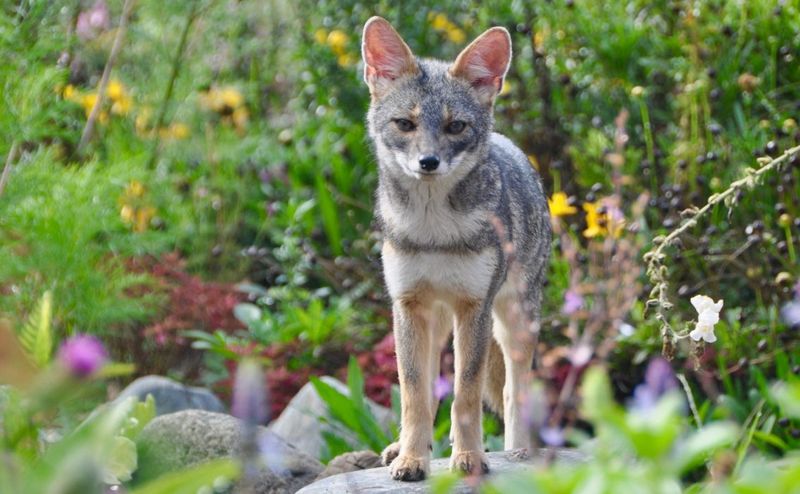
The Sechuran fox is native to the coastal deserts of northern Peru. Its sandy fur provides excellent camouflage against the arid landscape. This small fox has adapted to the harsh desert environment, obtaining moisture from the food it consumes.
Sechuran foxes are omnivorous, feeding on fruits, small mammals, and insects. Their ability to survive with limited water sources is a testament to their resilience.
As a species, they are vital for the ecosystem, controlling pest populations and dispersing seeds. Conservation efforts focus on habitat preservation amidst environmental challenges.
Bat-eared Fox
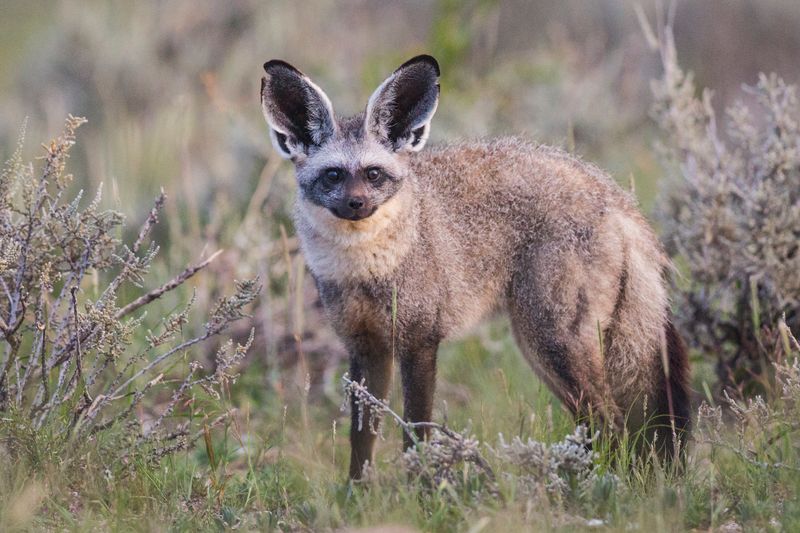
The Bat-eared Fox is easily identifiable by its enormous ears, which are not just for show. These ears serve a practical purpose, allowing the fox to detect the movements of underground insects.
Found predominantly in the African savannas, this species has a yellowish-grey fur and a playful demeanor. Its diet mainly consists of termites, making it an important insect control agent.
Adventurers on a safari might spot this fox flitting through the grasses, always on the alert for the next meal. Conservationists recognize its role in maintaining the balance of its ecosystem.
Crab-eating Fox
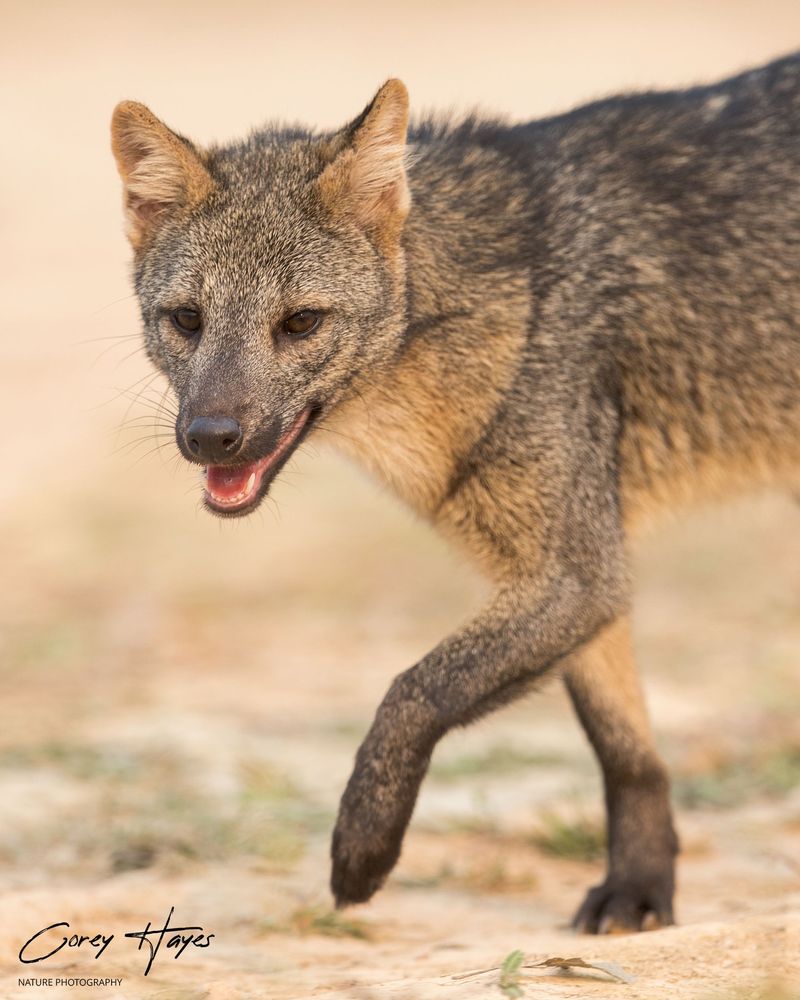
The crab-eating fox is native to the tropical rainforests of South America, particularly near rivers and wetlands. Its grayish coat provides camouflage in the dense foliage. This fox gets its name from its varied diet, which includes crabs, small mammals, and fruits.
Crab-eating foxes are adaptable, often found near human settlements where food sources are abundant. They are crucial for pest control and seed dispersal, contributing to the ecological balance.
Conservation efforts focus on protecting their habitats, as deforestation and urbanization pose significant threats to their survival.
Island Fox
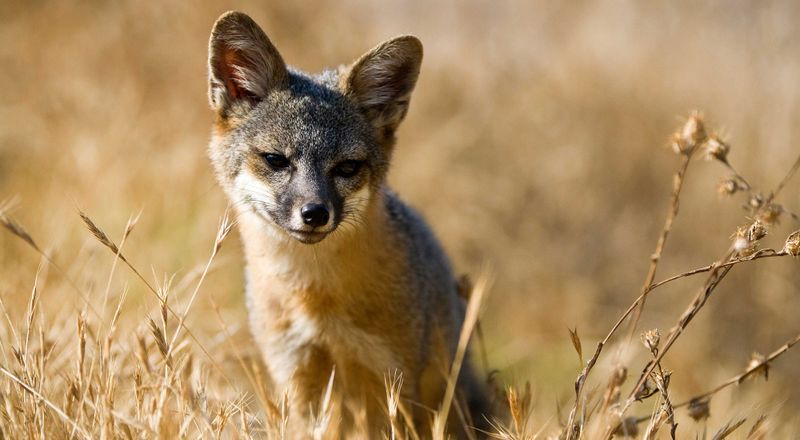
The island fox, exclusive to the Channel Islands of California, is a small, rust-colored fox. Its size and coloration are adaptations to the island environment. Unlike other foxes, it has few natural predators and a unique diet focusing on fruits, insects, and small mammals.
Island foxes are active during the day, showcasing behaviors suited to their isolated habitat. Conservation efforts have been pivotal in recovering their populations, previously threatened by disease and habitat loss.
Their presence is vital for maintaining the ecological health of the islands, emphasizing the need for ongoing protection.

